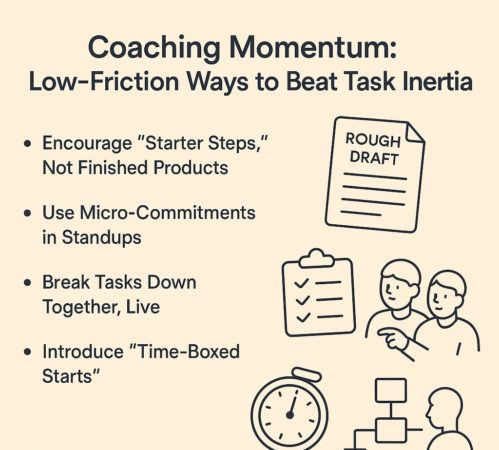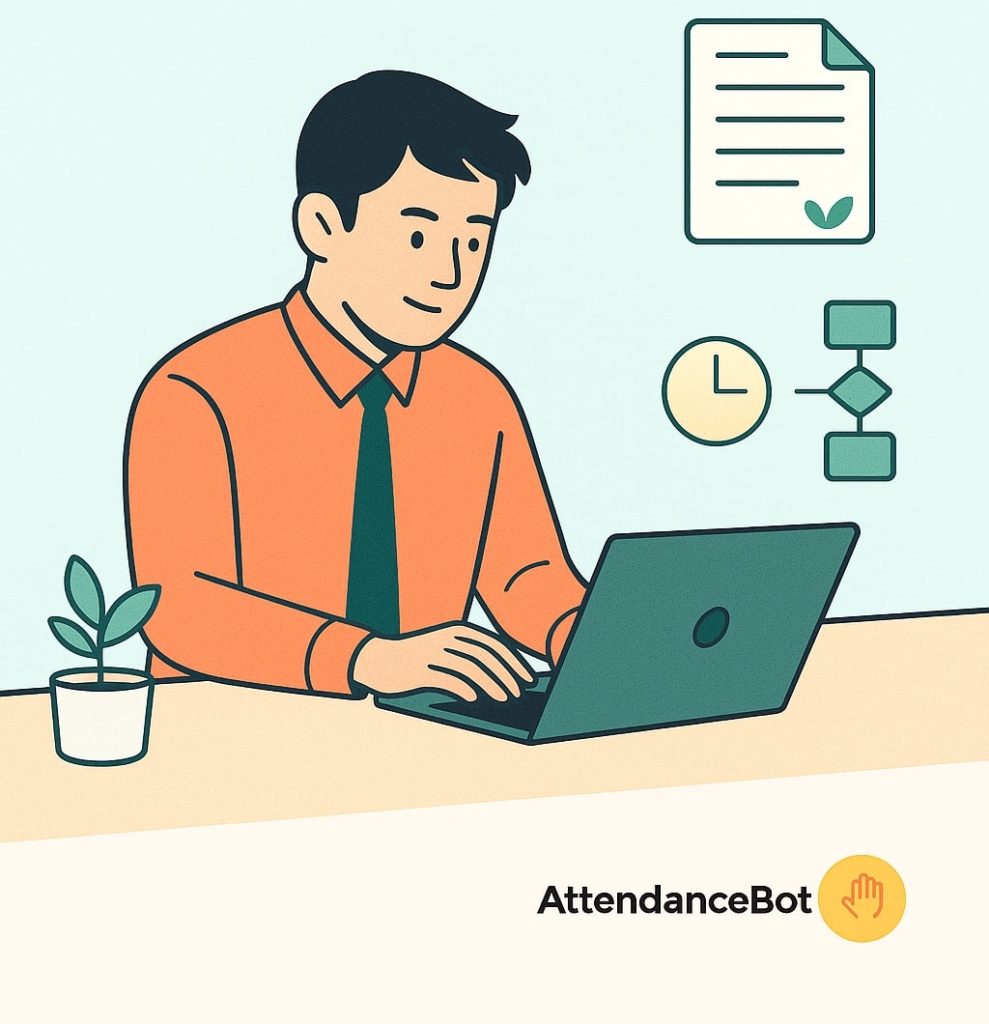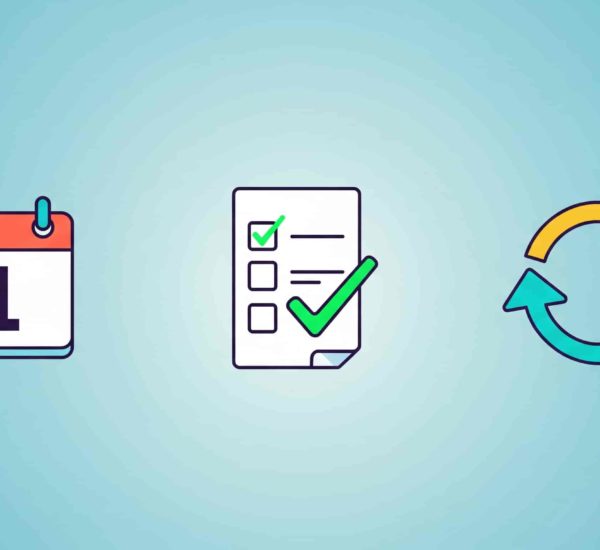Even your high performers are stalling. Projects that should be in motion sit untouched. It’s not a motivation issue; it’s something more subtle: task inertia.
In creative and knowledge-driven teams, the hardest part of work often isn’t execution, it’s getting started. Whether it’s a blank doc, a complex product brief, or a customer issue that requires deep thinking, the mental barrier to beginning can be surprisingly high. This phenomenon is closely tied to what psychologists call activation energy in work, the initial mental effort needed to switch from intention to action.
For team leads, this can feel frustrating and oddly personal. You’re not seeing laziness; you’re seeing hesitation. You want to help your team start faster and with more confidence, but without adding clunky tools or slipping into micromanagement.
This post unpacks the psychology behind overcoming procrastination at work and offers low-friction, practical strategies you can share with your team to break through that first-start barrier.
The Hidden Barrier: Why Smart People Still Struggle to Start
It’s tempting to chalk up slow starts to laziness or distraction, but that’s rarely the root cause, especially on creative or high-skill teams. More often, the real culprit is task inertia: the mental resistance to beginning something that feels undefined, overwhelming, or simply too big to tackle in one go.
Psychologists refer to this as activation energy in work, the effort it takes to move from “thinking about doing the task” to actually starting it. Just like lighting a match takes more energy than keeping it burning, starting a task requires more mental effort than continuing it once it’s in motion.
So what triggers this inertia?
- Ambiguity: When the task isn’t clearly defined, the brain interprets it as risk, leading to avoidance.
- Perfectionism: High performers often delay starting because they want to “do it right,” which ironically leads to inaction.
- Cognitive overload: Juggling multiple priorities makes it hard to shift focus and commit to a single starting point.
This isn’t a personal flaw; it’s a cognitive hurdle. And the good news is, once you recognize it, you can work with it instead of against it.
Coaching Momentum: Low-Friction Ways to Beat Task Inertia
As a team lead, your goal isn’t to micromanage; it’s to create an environment where work starts more easily. That means helping your team lower the activation energy in work so they can move past that stuck feeling. Here are lightweight, psychology-informed tactics you can implement without overhauling your workflow:
1. Encourage “Starter Steps,” Not Finished Products
Instead of pushing for polished outputs, encourage your team to do the first 10 percent of a task: outline a doc, sketch the rough wireframe, write the subject line. Starting with a low-stakes draft reduces pressure and helps them get unstuck.
Pro tip: Label these starts explicitly in planning docs, “Rough Draft,” “Messy Kickoff,” or “V0”, to signal it’s safe to begin imperfectly.
2. Use Micro-Commitments in Standups
During daily check-ins, ask each team member to commit to one small, concrete task they’ll begin that day. It could be as simple as “open the brief and highlight key questions.” This creates accountability and lowers the bar to starting.
3. Break Tasks Down Together, Live
If you notice someone struggling to begin, hop on a five-minute call to chunk the task together. It’s often easier to break work into bite-sized pieces with a second brain. This tiny investment can unlock hours of productive time.
4. Introduce “Time-Boxed Starts”
Encourage your team to set a timer for 10 or 15 minutes and just begin. Once momentum kicks in, most people continue well past the timer. It’s one of the simplest ways to start overcoming procrastination.
5. Use Gentle Nudges, Not Hard Deadlines
Lightweight tools like AttendanceBot can prompt daily planning nudges right in Slack, helping people name and commit to their starter tasks without the pressure of formal tracking. It’s a behavioral nudge, not a mandate.

What One Stalled Task Reveals About Your Entire Workflow
Take this scene: Maya, a senior product designer, is assigned to revamp a clunky feature. She knows the scope, owns the brief, and has full trust from her team. And still, three days in, the file remains untouched.
Her team lead checks in, not with pressure, but with curiosity:
“What’s keeping you from opening the file?”
Maya admits:
“I keep picturing how many ways it could be wrong. It’s like I’m pre-processing feedback I haven’t even gotten yet.”
That moment unlocked the real problem: it wasn’t workload, laziness, or confusion. It was anticipatory friction, the emotional drag of imagined critique. A kind of invisible resistance that builds up before any task even begins.
The lead’s response?
“Give me the ‘wrong’ version first. Let’s have something to react to.”
By the next morning, there it was: a messy, directionally bold sketch. Not perfect, but in motion. And that momentum was enough to unstick the whole team.
Mini-Rituals That Lower Task Inertia Without Adding Complexity
Why Big Changes Don’t Always Work
Starting complex projects can feel overwhelming, especially when team members face mental barriers before work even begins. Introducing heavy tools or complicated processes often adds more friction than it removes, making momentum harder to build.
The Power of Small, Intentional Habits
Mini-rituals are simple, repeatable habits that reduce the mental cost of starting work. They tap into human tendencies for routine and social connection, gently nudging teams out of inertia without disrupting their current workflows.
The “First 15” Technique
Blocking just 15 minutes on the calendar for initial task engagement lowers the psychological barrier. Whether it’s opening files, drafting ideas, or making quick notes, this short time frame focuses on starting, not finishing.
When team members share quick updates like “I’m starting now,” they create lightweight accountability that turns individual starts into a shared experience, encouraging momentum without pressure.
Breaking Tasks Into Manageable Steps
Asynchronous kickoff check-ins enable team members to outline their initial actions before diving in, inviting feedback and reducing uncertainty. This approach helps transform large projects into achievable, less intimidating chunks.
Hesitation Isn’t Procrastination, It’s a Signal
Understanding the Difference Between Hesitation and Procrastination
What looks like procrastination often masks hesitation, a mental pause caused by uncertainty, fear, or unclear expectations, especially in creative or knowledge-based work.
Common Causes of Hesitation
Team members may hesitate because they lack clarity on task goals, fear producing imperfect work, or feel unsure about the right approach. This internal conflict signals a need for psychological safety and support.
How Leaders Can Respond Effectively
Instead of pushing harder, leaders can ask supportive questions like “What’s unclear?” or “What support do you need?” to surface blockers and ease mental resistance.
Shifting Team Culture Through Validation
Acknowledging hesitation reduces pressure and builds trust, encouraging team members to take imperfect first steps and see hesitation as a natural part of the process, not a productivity flaw.
The Science of Getting Started (in 90 Seconds or Less)
What Is Activation Energy in Work?
Activation energy is a concept borrowed from chemistry that describes the initial effort required to start a reaction. In work terms, it’s the mental push needed to move from thinking about a task to actually beginning it. This invisible energy barrier often explains why even motivated team members can struggle to get started.
Why Starting Is the Hardest Part
The brain resists change and new challenges because starting a task demands cognitive resources,deciding where to begin, overcoming uncertainty, and setting intentions. Once this initial barrier is crossed, momentum tends to build naturally.
The 90-Second Rule to Beat Task Inertia
A simple behavioral hack is committing to work on a task for just 90 seconds. This brief time commitment lowers the activation energy enough to break the mental block. Often, once started, people find it easier to continue working beyond that initial window.
Teaching your team about activation energy and the 90-second rule demystifies their hesitation and offers a practical, low-friction tool. It shifts the focus from waiting for motivation to building momentum one small step at a time, helping reduce task inertia and overcoming procrastination in a tangible way.

Turning Insights Into Action: Empower Your Team to Start Strong
Create a Culture That Values Small Starts
Encourage your team to embrace mini-rituals and the 90-second rule as daily habits. Celebrate small wins like simply opening a file or drafting an outline. These tiny successes build confidence and help chip away at task inertia without pressure.
Listen for Hesitation Signals and Respond with Support
Pay close attention to signs of hesitation, those quiet moments before work begins. Use open questions to uncover blockers and uncertainties, and create a safe space where team members feel comfortable sharing challenges early.
Use Simple Nudges to Maintain Momentum
Leverage lightweight tools or practices, such as quick status updates or brief async check-ins, to keep starting behavior visible and social. Even small social nudges can transform individual resistance into shared progress.
Help Your Team Lower Activation Energy Daily
Remind your team that starting doesn’t require perfection or long hours, just a few focused seconds to ignite momentum. When they learn to overcome the hardest step, starting complex projects becomes less daunting and more natural.
Conclusion
Task inertia isn’t a sign that your team lacks drive; it’s a cue that the way into the work needs to be clearer, lighter, and more psychologically safe. By recognizing the role of activation energy in work, normalizing hesitation, and weaving in low-friction rituals, you help your team overcome procrastination not with pressure, but with practical momentum. Small starts—whether it’s 90 seconds, a rough draft, or a shared “I’m starting now” aren’t shortcuts. They’re the new starting line. And when those habits become part of the team culture, progress doesn’t stall; it accelerates.



